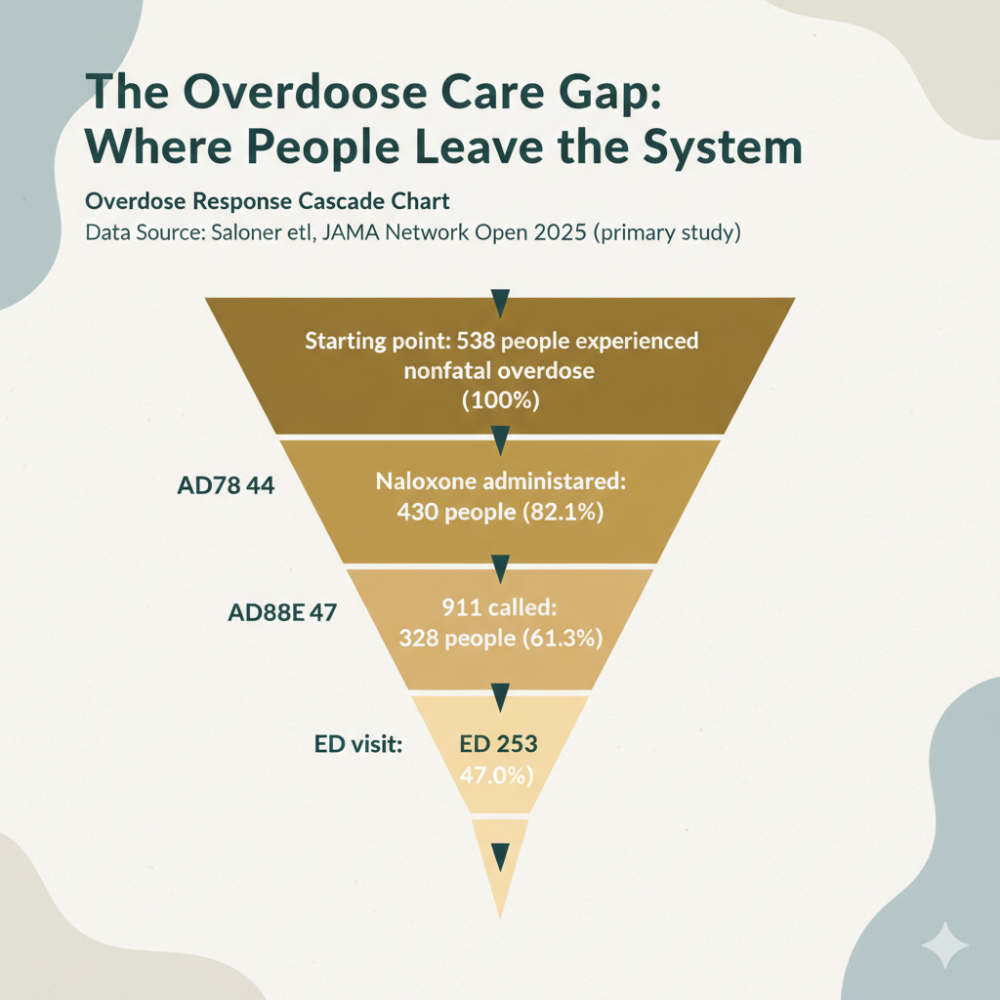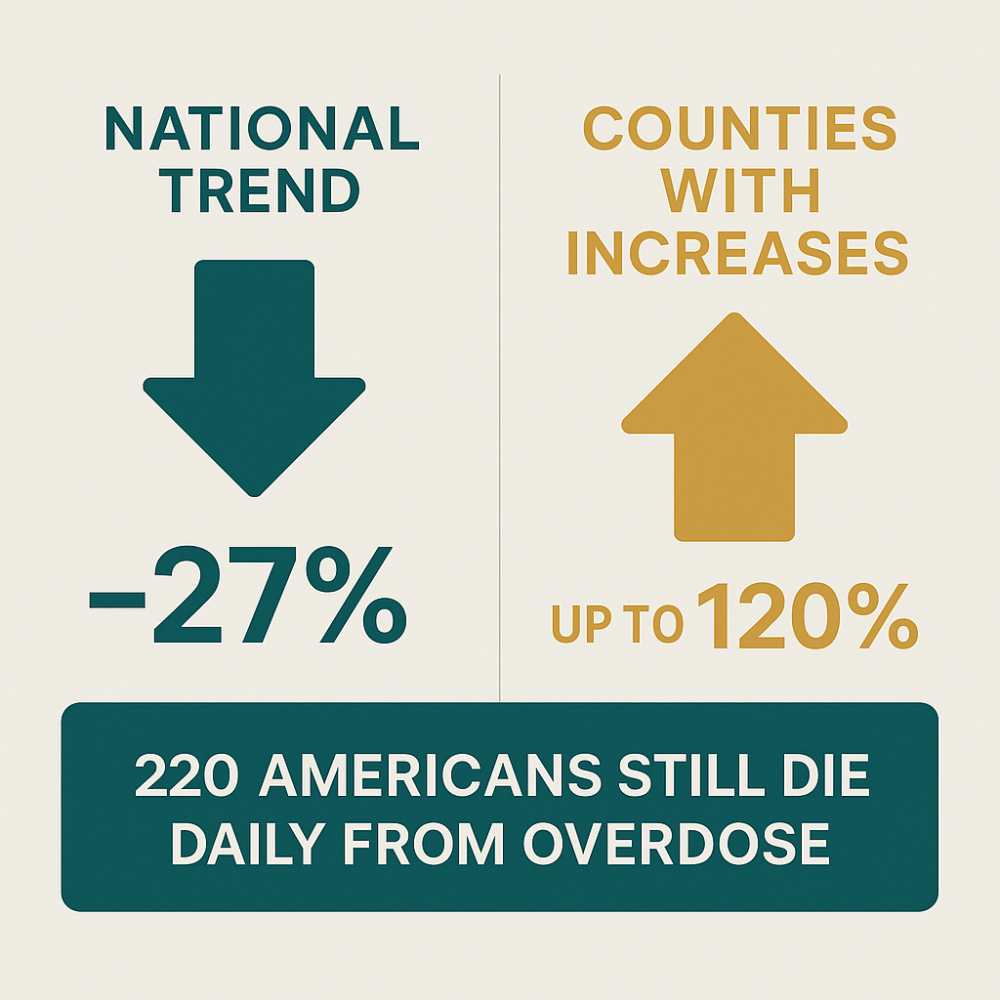Understanding Addiction and Recovery: A Military and Civilian Perspective
The Scope of America’s Addiction Crisis
The United States faces a staggering addiction crisis that crosses all demographic and social boundaries. According to recent data, 48.5 million Americans aged 12 and older struggle with substance use disorder (SUD), yet only one in four of those who need treatment actually receive it. This treatment gap represents one of our nation’s most pressing public health challenges.
So much to learn and share with this video including several experts
Primary Substances of Concern
Alcohol use disorder remains the primary substance use concern, particularly among active duty military personnel and veterans. However, the landscape of addiction has grown increasingly complex with the rise of other substances:
- Alcohol: Continues to be the most prevalent addiction, affecting both military and civilian populations
- Opioids: The crisis has evolved from prescription painkillers to deadly synthetic opioids
- Fentanyl: Deaths increased dramatically from 6,000 in 2015 to over 77,000 in 2023, claiming an average of 200 American lives daily
- Cannabis: Rising rates of cannabis use disorder, particularly as legalization spreads
- Tobacco: Remains a significant concern, especially in military communities
The Evolution of Understanding
Our understanding of addiction has undergone a radical transformation in recent years. What was once viewed as a moral failing or personal weakness is now recognized as a treatable medical condition. This shift has been particularly significant in how we approach treatment and support:
- Medical Recognition: Addiction is now understood as a chronic, relapsing disease requiring medical intervention
- Reduced Stigma: While stigma still exists, there’s growing acceptance of addiction as a medical condition rather than a character flaw
- Treatment Integration: Recognition that successful treatment often requires addressing both physical and mental health
- Community Impact: Greater understanding of how addiction affects not just individuals but entire families and communities
The Military Connection
The military context adds unique dimensions to the addiction crisis:
- Combat Exposure: The relationship between combat stress and substance use
- Pain Management: Historical challenges with opioid prescriptions for combat injuries
- Cultural Factors: Military culture’s influence on seeking help and acknowledging problems
- Transition Challenges: The particular vulnerabilities service members face when transitioning to civilian life
This crisis represents not just a public health emergency but a national security concern. The impact reaches far beyond individual sufferers to affect families, communities, and our nation’s military readiness. Understanding this scope is crucial for developing effective responses and support systems.
The Impact Across Military and Civilian Populations
Shared Challenges
Despite their different backgrounds, both military and civilian populations face many common challenges when dealing with addiction:
- Isolation and Disconnection
- The tendency to withdraw from support systems
- Breakdown of family relationships
- Loss of community connections
- Digital connectivity masking real emotional distance
- Professional Impact
- Decreased work performance
- Career disruption
- Financial strain
- Loss of professional relationships
- Health Consequences
- Physical health deterioration
- Mental health complications
- Increased risk of chronic conditions
- Higher mortality rates
Unique Military Considerations
Veterans and active duty personnel face distinct challenges that can complicate both addiction and recovery:
- Combat-Related Factors
- Exposure to traumatic events
- Physical injuries requiring pain management
- Combat stress and operational tempo
- The military’s historical reliance on opioid pain management
- Cultural Barriers
- “Suck it up” mentality
- Concern about career impact
- Perceived weakness in seeking help
- Strong emphasis on self-reliance
- Transition Challenges
- Loss of military structure
- Change in support systems
- Identity adjustment
- Civilian reintegration stress
Family Impact
The ripple effects of addiction touch both military and civilian families similarly:
- Immediate Family
- Emotional trauma
- Financial strain
- Trust issues
- Caregiver burden
- Extended Impact
- Generational trauma
- Strained extended family relationships
- Community disconnection
- Social isolation
Workplace and Community Effects
The impact extends beyond immediate family into broader social circles:
- Workplace
- Decreased productivity
- Safety concerns
- Team dynamics
- Leadership challenges
- Community
- Strain on local resources
- Public health impact
- Economic effects
- Social service demands
The Bridge Between Military and Civilian Worlds
Understanding these parallel but distinct challenges helps bridge the gap between military and civilian approaches to addiction:
- Shared Solutions
- Community support systems
- Family involvement
- Professional treatment
- Peer support networks
- Cross-Cultural Learning
- Military discipline applied to recovery
- Civilian therapeutic approaches adapted for veterans
- Shared resilience strategies
- Combined support networks
Breaking Down Barriers
Progress in addressing addiction requires recognizing and breaking down barriers in both populations:
- Stigma Reduction
- Education about addiction as a disease
- Sharing success stories
- Normalizing treatment seeking
- Community awareness
- Access Improvement
- Increased treatment options
- Better insurance coverage
- Simplified access to care
- Integrated support systems
Modern Treatment Approaches: A Comprehensive Framework
Evolution of Treatment Philosophy
The treatment of addiction has evolved significantly, moving from a purely abstinence-based model to a comprehensive approach that combines medical intervention, psychological support, and community engagement. This evolution reflects our deeper understanding of addiction as a complex medical condition rather than a moral failing.
Medical Treatment Approaches
- Pain Management Revolution
- Shift away from liberal opioid prescriptions
- Focus on alternative pain management:
- NSAIDs (Non-Steroidal Anti-Inflammatory Drugs)
- COX2 inhibitors
- Physical therapy
- Non-narcotic pain medications
- Medication-Assisted Treatment (MAT)
- Naltrexone for alcohol use disorder
- Available in both oral and injectable forms
- Helps reduce cravings
- Buprenorphine/naloxone (Suboxone)
- Manages opioid withdrawal
- Supports long-term recovery
- Integration with other treatment modalities
- Naltrexone for alcohol use disorder
Holistic Treatment Components
- Mental Health Integration
- Concurrent treatment of mental health conditions
- Trauma-informed care
- Cognitive Behavioral Therapy (CBT)
- Group therapy sessions
- Physical Wellness
- Exercise programs
- Nutritional counseling
- Sleep hygiene
- Stress management techniques
- Alternative Therapies
- Hypnosis
- Mindfulness practices
- Meditation
- Stress reduction techniques
Military-Specific Treatment Considerations
- Combat Experience Integration
- Understanding combat stress impacts
- Addressing service-related trauma
- Incorporating military structure
- Using familiar terminology
- Military Principles in Recovery
- Unit cohesion approach to group therapy
- Mission-oriented goal setting
- After-action review model for relapse prevention
- Chain of command support structure
The Community Component
- Support Group Integration
- Alcoholics Anonymous (AA)
- Narcotics Anonymous (NA)
- Veteran-specific support groups
- Family support through Al-Anon
- Family Program Components
- Education about addiction
- Communication skills
- Boundary setting
- Relapse prevention planning
Treatment Program Structure
- Initial Assessment
- Comprehensive medical evaluation
- Mental health screening
- Substance use history
- Family and social support assessment
- Treatment Planning
- Individualized care plans
- Level of care determination
- Support system integration
- Aftercare planning
- Ongoing Care
- Regular progress evaluation
- Treatment plan adjustments
- Recovery milestone tracking
- Support system maintenance
Prevention and Early Intervention
- Risk Factor Identification
- Family history assessment
- Mental health screening
- Trauma history
- Social support evaluation
- Early Warning Signs
- Behavioral changes
- Social isolation
- Performance decline
- Relationship difficulties
Hope and Practical Steps: The Path Forward
The Battle Plan for Recovery
As Dr. Donald Elverd powerfully stated, “You’re in combat now. You’re in the weirdest combat of all.” This perspective helps frame recovery as a winnable battle, one that requires strategy, support, and determination. Here’s how to approach it:
For Those Struggling with Addiction
- Don’t Wait for Rock Bottom
- Early intervention improves outcomes
- Treatment is effective at any stage
- You don’t need to hit bottom to start climbing up
- Prevention of health complications through early action
- Building Your Squad
- Identify key support people
- Connect with treatment professionals
- Join support groups
- Maintain communication with family
- Remember: “Isolation kills and secrets keep us sick”
- Training for Recovery
- Learn new coping mechanisms
- Develop healthy routines
- Practice stress management
- Build resilience through community
- Apply discipline and structure
For Family Members and Supporters
- Understanding Your Role
- Education about addiction
- Setting healthy boundaries
- Self-care practices
- Connecting with Al-Anon or similar support groups
- Communication Strategies
- Open, non-judgmental dialogue
- Active listening
- Expression of support
- Recognition of progress
- Avoiding enabling behaviors
- Supporting Without Burning Out
- Maintaining your own mental health
- Building your support network
- Setting realistic expectations
- Practicing self-care
- Understanding addiction as a chronic disease
Messages of Hope
- Post-Traumatic Growth
- Trauma can lead to strength
- Recovery builds resilience
- New perspectives emerge
- Communities grow stronger
- As one veteran noted: “These memories were meant to strengthen me”
- Success Stories
- Many overcome addiction
- Recovery strengthens families
- Communities heal together
- Professional achievements post-recovery
- Military values aid recovery
Practical Next Steps
- Immediate Actions
- Reach out to one person
- Contact treatment providers
- Attend a support meeting
- Call a crisis line if needed
- Take one small step forward
- Long-Term Planning
- Set achievable goals
- Build support networks
- Develop healthy routines
- Plan for challenges
- Create accountability systems
The Power of Community
Remember Dr. Elverd’s wisdom about military experience: “The most important thing I had wasn’t necessarily the weapon, it was the other guys.” This applies equally to recovery:
- Building Connections
- Support group participation
- Family involvement
- Professional relationships
- Community engagement
- Peer support
- Maintaining Relationships
- Regular check-ins
- Shared activities
- Support group attendance
- Family program participation
- Community service
Conclusion
Recovery is possible. Like any military operation, it requires planning, support, and dedication. But unlike combat, this is a battle where everyone can win. The same resilience, teamwork, and determination that serve in the military can serve in recovery.
Remember:
- You are not alone in this fight
- Treatment works
- Support is available
- Recovery is possible
- Every step forward counts
As we face the challenges of addiction in our society, we must remember that whether military or civilian, we are all in this together. The strength of our communities, the power of our connections, and the resilience of the human spirit provide the foundation for recovery and growth.



